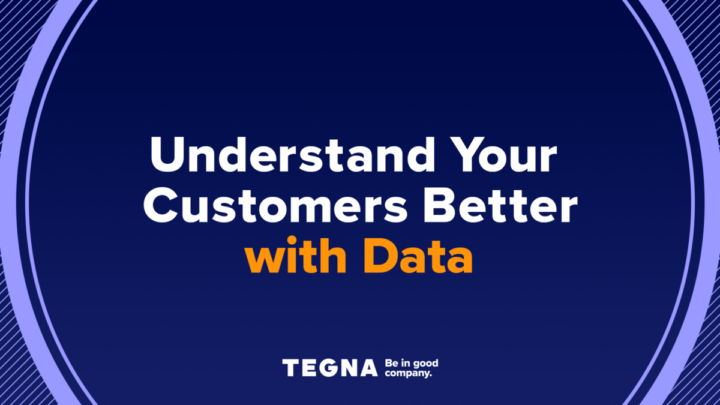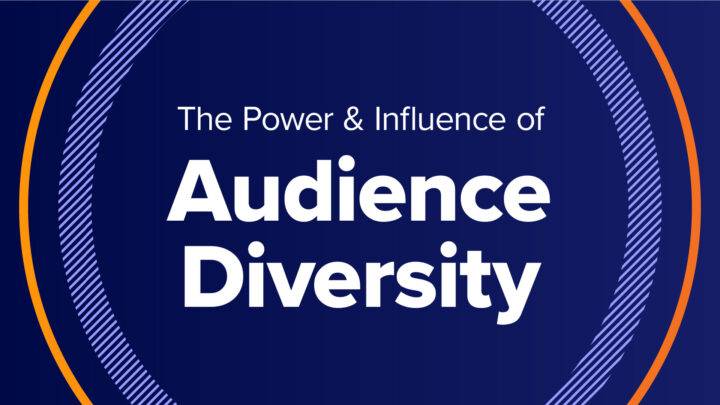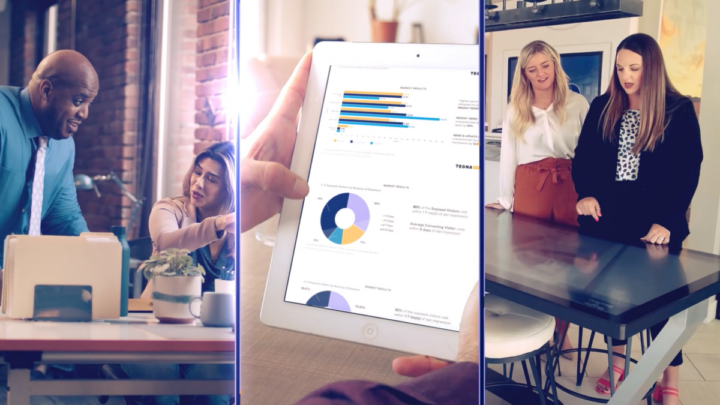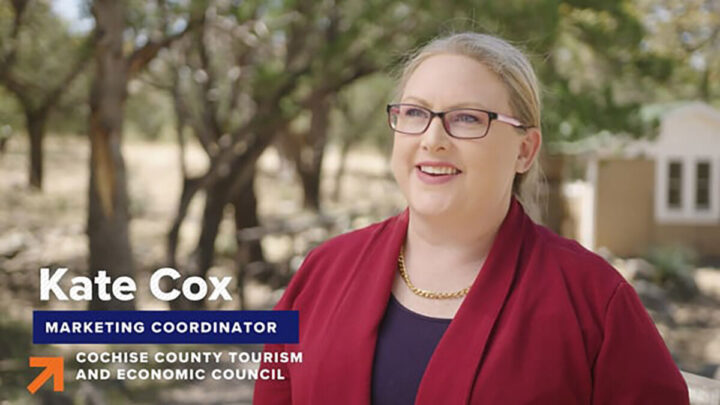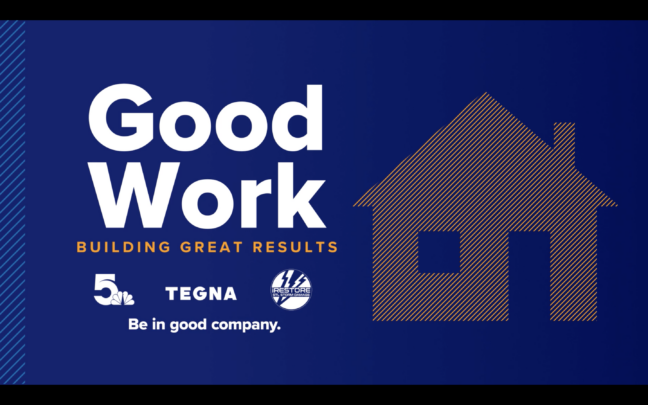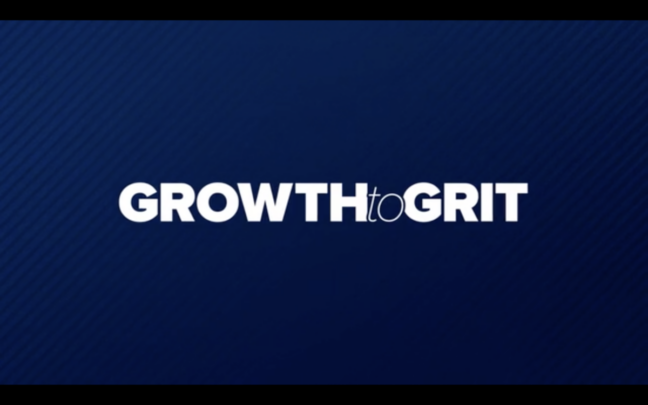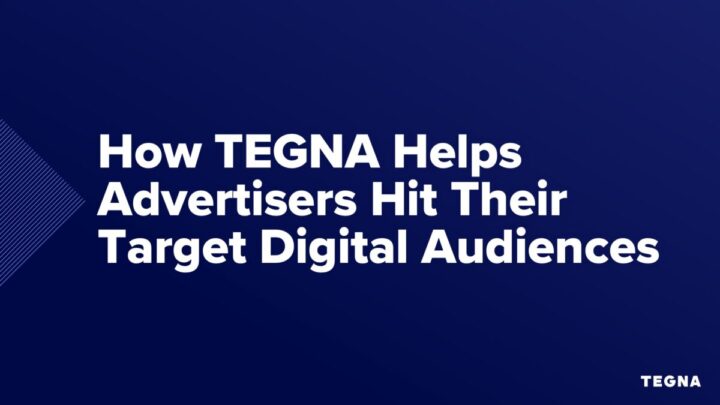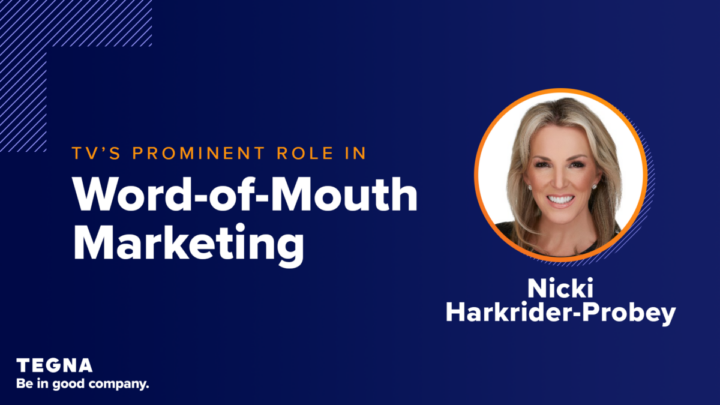Screens Abound: What Increased Media Behavior During COVID-19 Means for Brands
Americans are expected to consume nearly 60% more content than normal during the COVID-19 crisis. What does that mean for your brand? Here are a few opportunities worth exploring to keep your business afloat.

Holding on to consumers may be easier than you think. While store traffic is temporarily decreasing, capturing an audience is just one screen away.
Coronavirus has millions of people quarantined at home, creating drastic changes in consumers’ routines. This applies to all areas of life and most importantly for brands, to media. Linear television networks are seeing an influx of viewers while OTT and digital platform behaviors are surging. These changes in consumer media habits are creating all-new opportunities for advertisers.
A new Nielsen report released on March 16th shows Americans are expected to consume nearly 60% more content than normal.
The analysis reviewed how TV consumption habits drastically increased during two recent weather-related crises: Hurricane Harvey, which hit the Houston area in 2017, and the “Snowpocalypse” which shut down New York in 2016. Data showed that TV viewership increased +56% and +46%, respectively, in those markets during those events, particularly for feature films, news, and general format programming.
“Be it snowstorms, hurricanes or a global pandemic, media users ramp up their media consumption to stay informed, kill time, find solace and stay in touch with others,” Nielsen said in the report. While Nielsen measured the two specific areas affected, a near country-wide quarantine could have an even more massive impact on media consumption.
Many media publishers are already seeing a boost across screens. According to TEGNA vice president of digital products Chris Fehrmann, traffic on local news and information sites are up substantially. “We have seen our daily average users grow by 54% in the last five days compared to the previous five days,” says Fehrmann. “Our audience is craving local news updates, uplifting stories about their neighbors and information from their local officials.”
Advertisers who can take advantage of this growth and adapt their messaging to the current climate will be rewarded. Fehrmann adds, “While it may be counter-intuitive, consumers’ captivity does give advertisers a strong window to share their messaging. Brands are seeing how much traffic is coming to our screens and want that kind of reach.”
Fehrmann shared restaurants are promoting to-go and delivery services while online learning brands are promoting educational offerings. Home services companies recognize consumers are at home and getting up to date on repairs so they are present in the market as well.
Brands who can pivot in terms of messaging and media strategy may find that within uncertainty there is an opportunity. One of the most important things you can do right now is adapt to the changing habits of your consumers.
For example, one major change we’re seeing with consumers is a significant increase in news consumption. Consumers are hungry for and can’t get enough of trusted news and information. A Pew Research Center study shows that 89% of US adults said they are following news about the outbreak of coronavirus closely. Ensuring your media strategy is alive and well inside news and information–based environments will increase the ears and eyeballs
The study also showed that Adults 18-29 believe the coronavirus is a major threat to the health of the U.S. population as a whole but not to their personal health. This may mean that younger audiences do not take social distancing considerations seriously. If you are a business that heavily engages with this audience, your messaging strategy may benefit from helping this audience understand why it’s important to social distance and reinforce that once the suggested restrictions are over, you will be open for business and ready to welcome them back.
Black and Hispanic adults are more likely to say the coronavirus is a major threat to their personal health, financial situation and day-to-day life in their community. If you are targeting this audience, providing them reassurance and helpful advice or tools can be a key advantage to your messaging strategy. This audience, in particular, may benefit from hearing from you more often so increasing the frequency of your messaging can help you stand out.
Ultimately, this is the time to think about how coronavirus has altered your audiences’ behaviors and mindsets. Insight-based marketing can make all the difference in how consumers engage in their relationship with you.
Sources:






